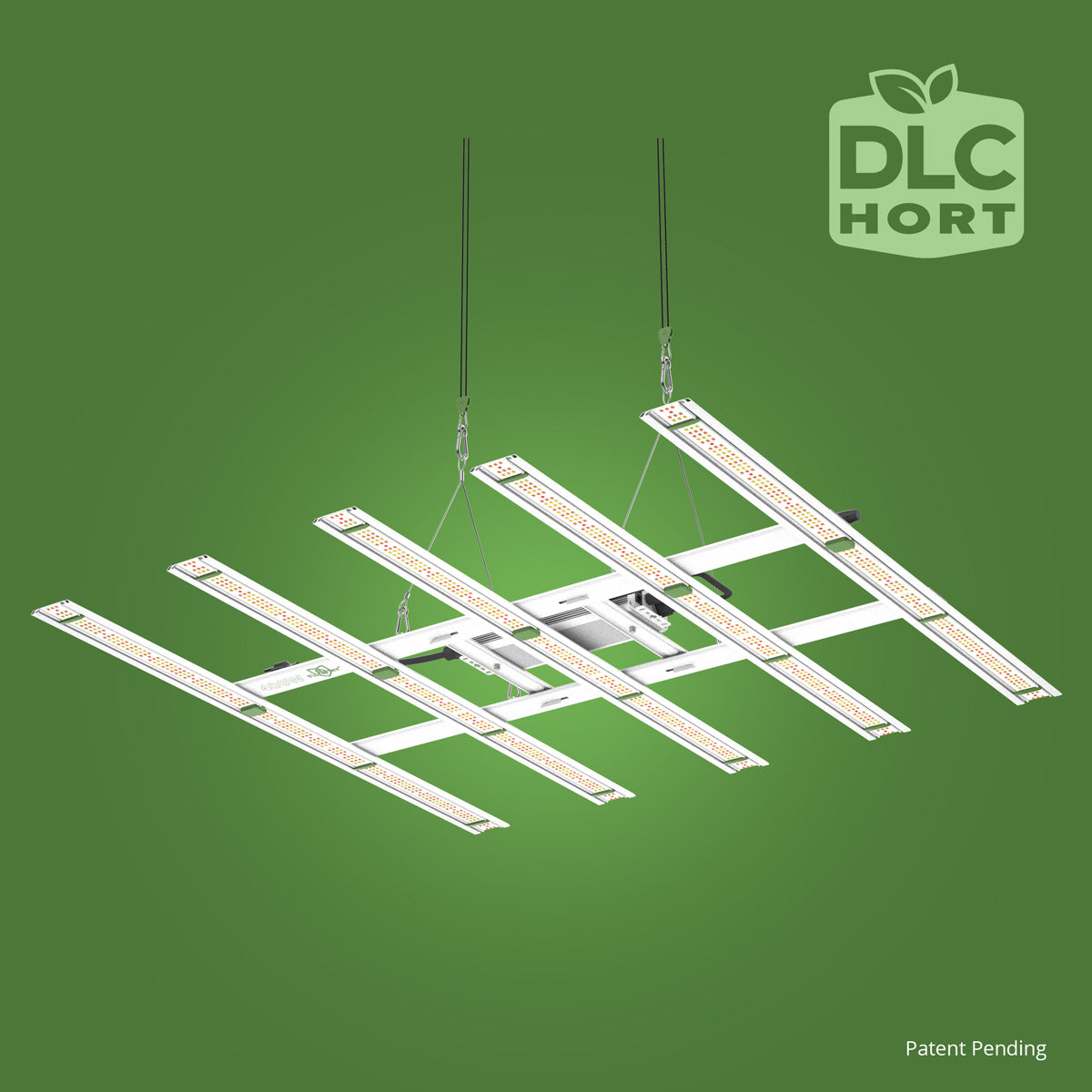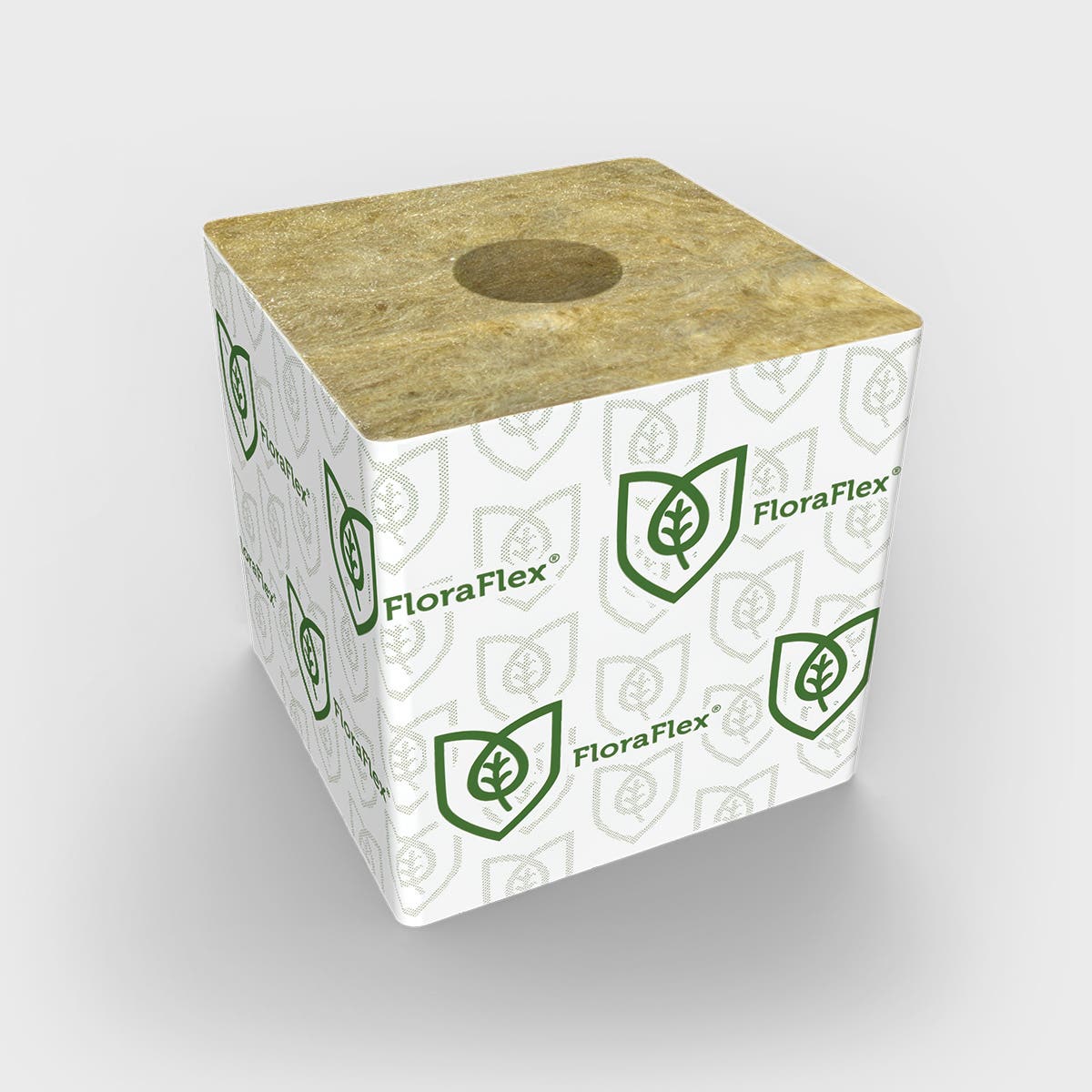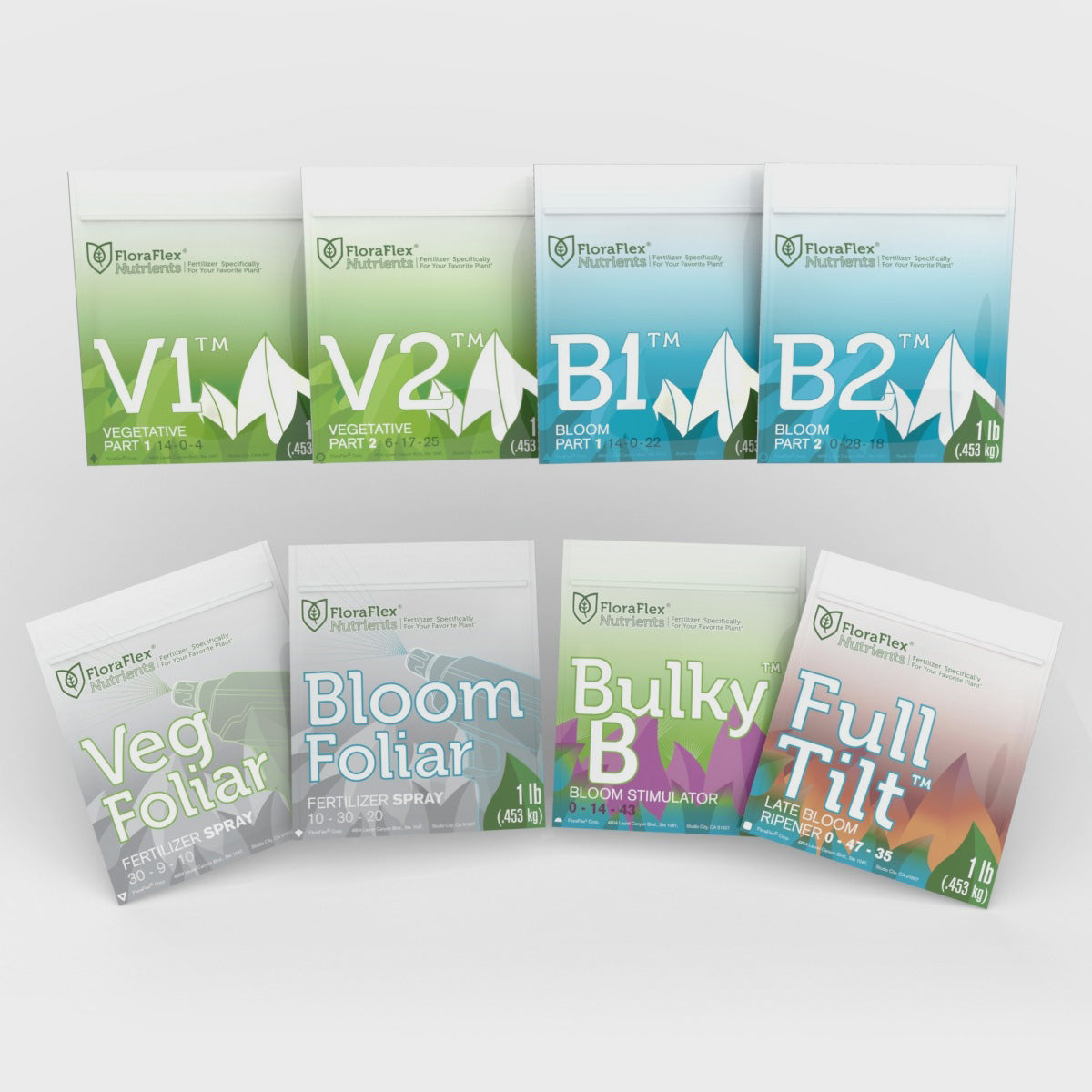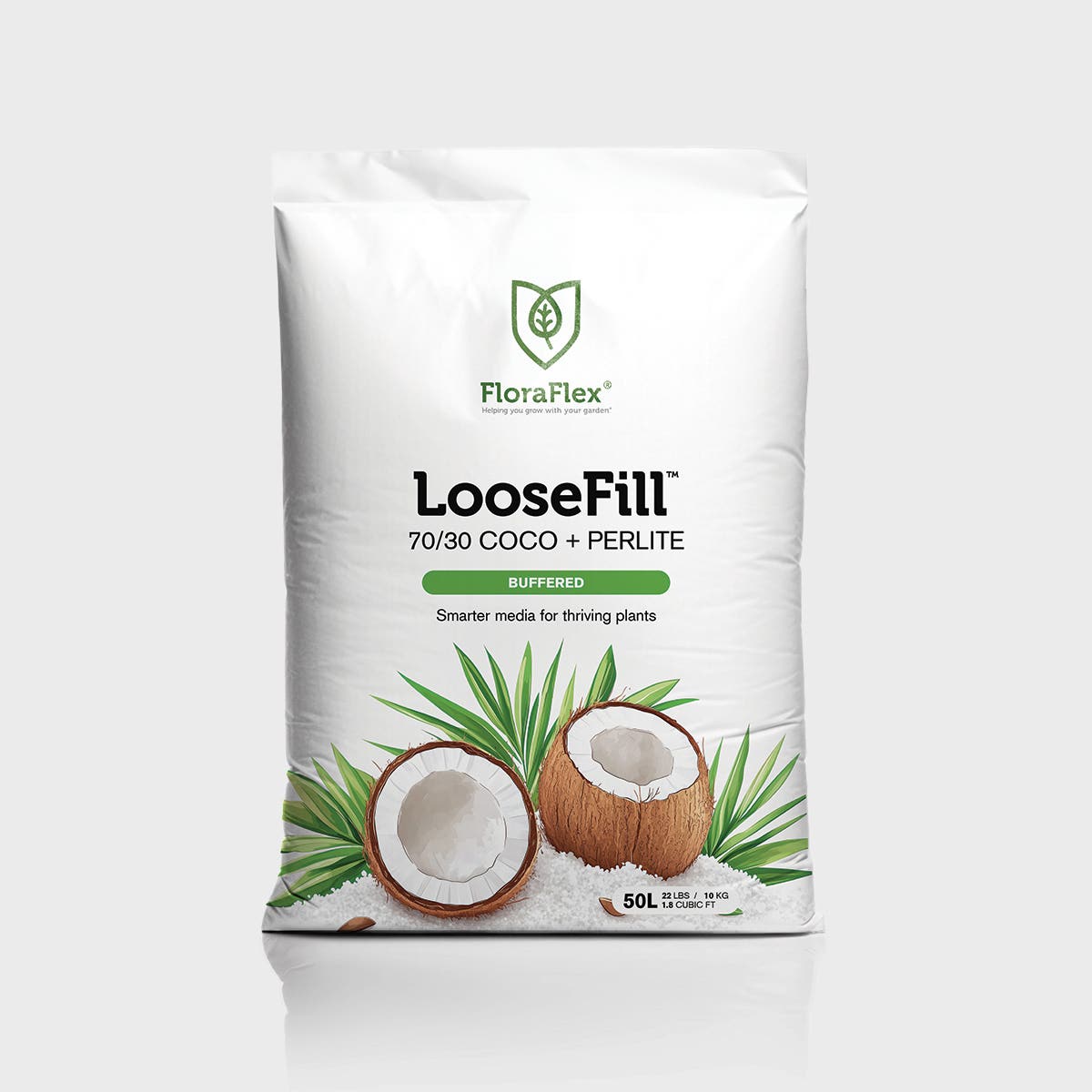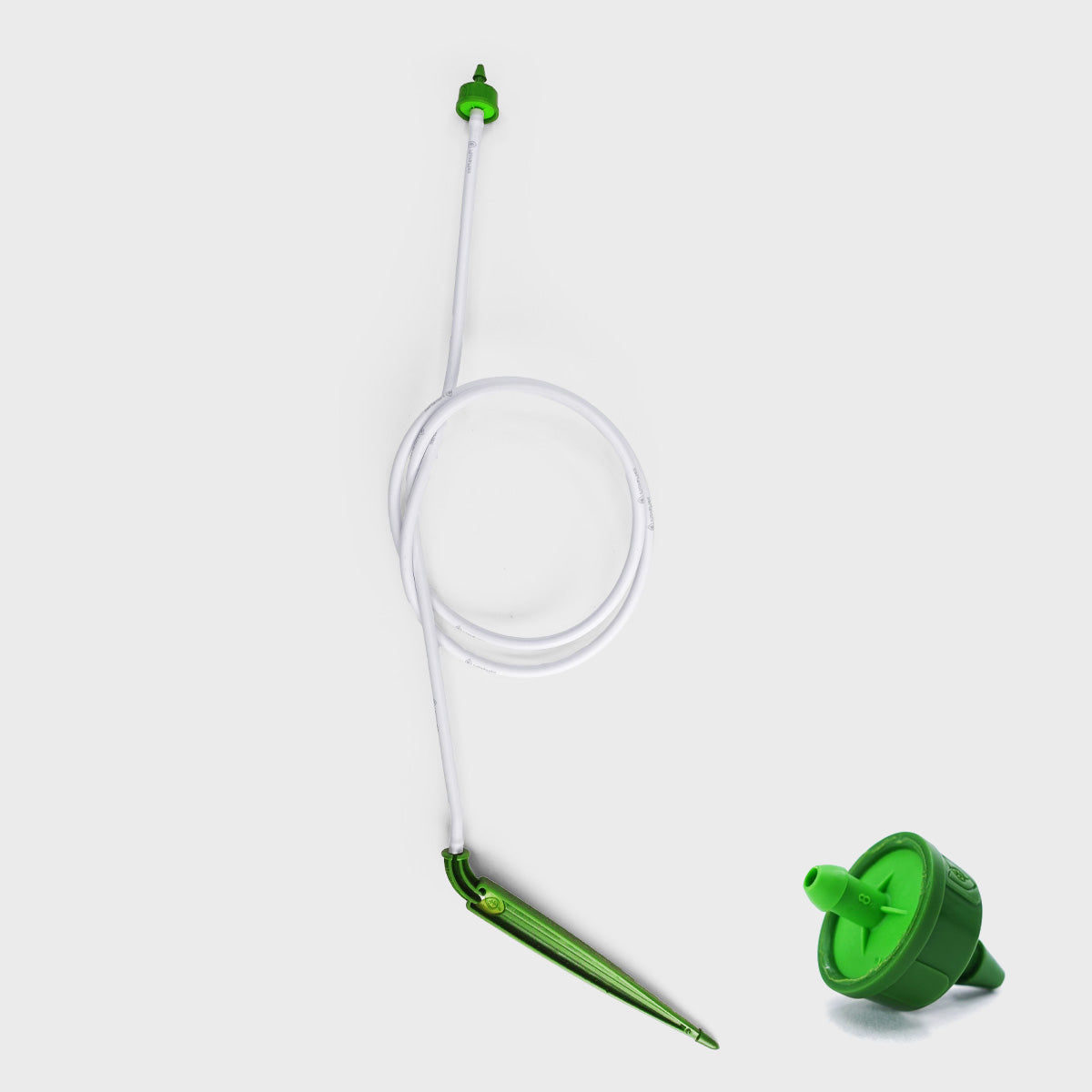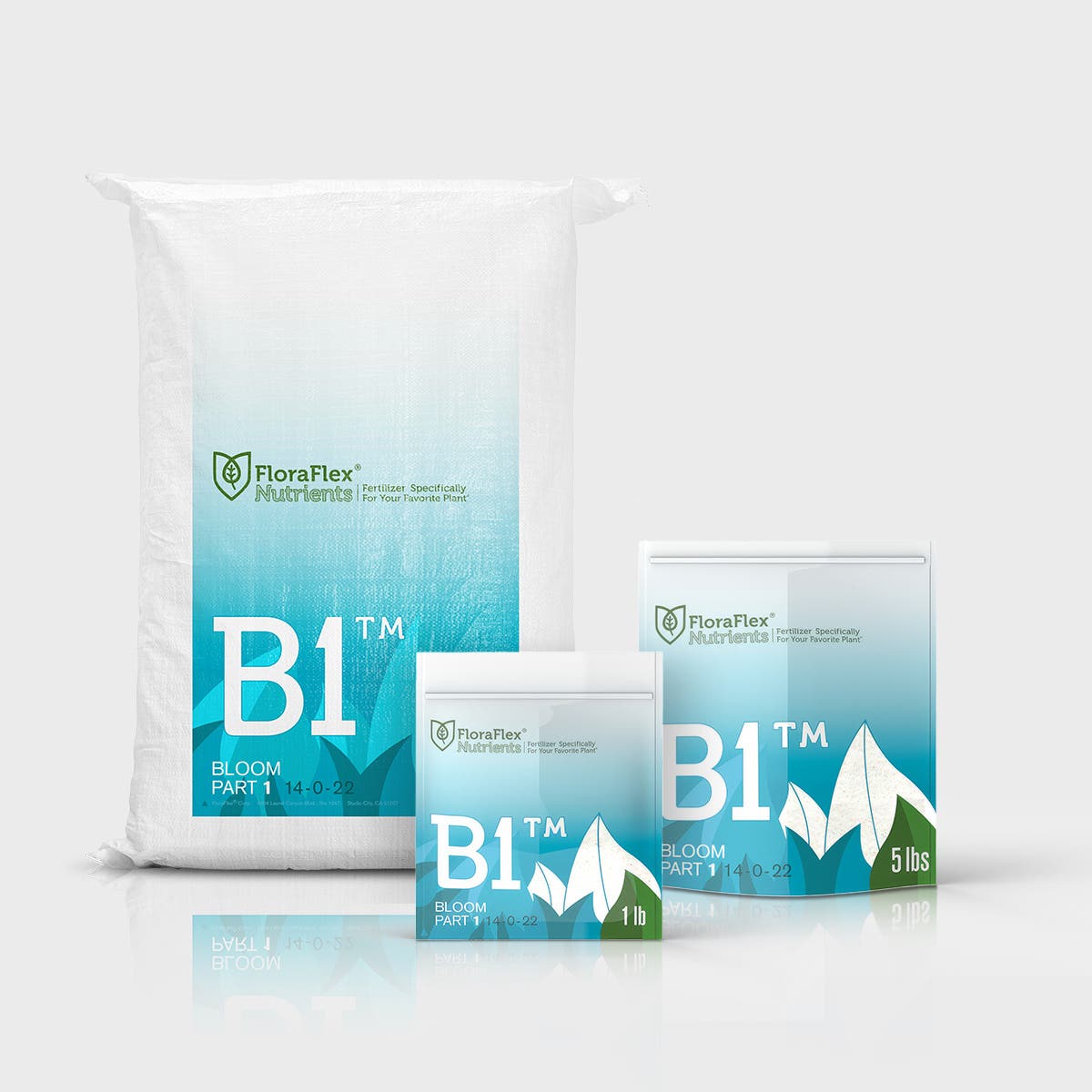Aesthetics and Branding
-
Visual Appeal: Cannabis packaging should be visually appealing and reflect the brand's identity. Eye-catching designs, colors, and labels help attract consumer attention and differentiate products in a competitive market.
-
Brand Consistency: Packaging design should align with the brand's overall visual identity, creating a cohesive and recognizable image that fosters brand loyalty and recognition.
-
Product Differentiation: Well-designed packaging helps distinguish one cannabis product from another, allowing consumers to make informed choices based on their preferences.
Functionality and Practicality
-
Product Protection: Packaging must provide adequate protection to prevent damage, contamination, and deterioration of the cannabis product. It should shield the contents from light, moisture, oxygen, and external factors that can compromise quality.
-
Child-Resistant Features: In many jurisdictions, cannabis packaging must incorporate child-resistant mechanisms to ensure the safety of children who may accidentally access cannabis products.
-
Ease of Use: Packaging should be user-friendly, allowing consumers to open, reseal, and dispense the product easily. It should also facilitate accurate dosage measurement and minimize product waste.
-
Storage Efficiency: Packaging should be designed to optimize storage space, allowing retailers and consumers to store products efficiently while maximizing shelf space.
Compliance with Regulations
-
Legal Requirements: Cannabis packaging must comply with local regulations regarding labeling, warnings, product information, and child-resistant features. Failure to meet these requirements can result in penalties and product recalls.
-
Information Transparency: Packaging should provide clear and accurate information about the product, including strain information, cannabinoid content, potency, recommended usage, and any potential allergens or contaminants.
-
Testing Certifications: Some jurisdictions require cannabis products to display testing certifications or QR codes that allow consumers to access detailed lab test results for transparency and quality assurance.
Sustainability and Environmental Considerations
-
Reducing Waste: Environmentally friendly packaging options, such as recyclable or biodegradable materials, help minimize waste and promote sustainable practices within the cannabis industry.
-
Carbon Footprint: Choosing packaging materials and manufacturing processes with a low carbon footprint can contribute to reducing the industry's environmental impact.
-
Reusable and Refillable Options: Packaging designs that allow for reuse or refill can promote sustainability and reduce packaging waste over time.
Cannabis packaging plays a crucial role in balancing aesthetics, functionality, and quality preservation. It must attract consumers, protect the product, comply with regulations, and consider sustainability. By investing in well-designed and thoughtfully constructed packaging, cannabis businesses can enhance brand perception, ensure product integrity, and contribute to a more sustainable future.

